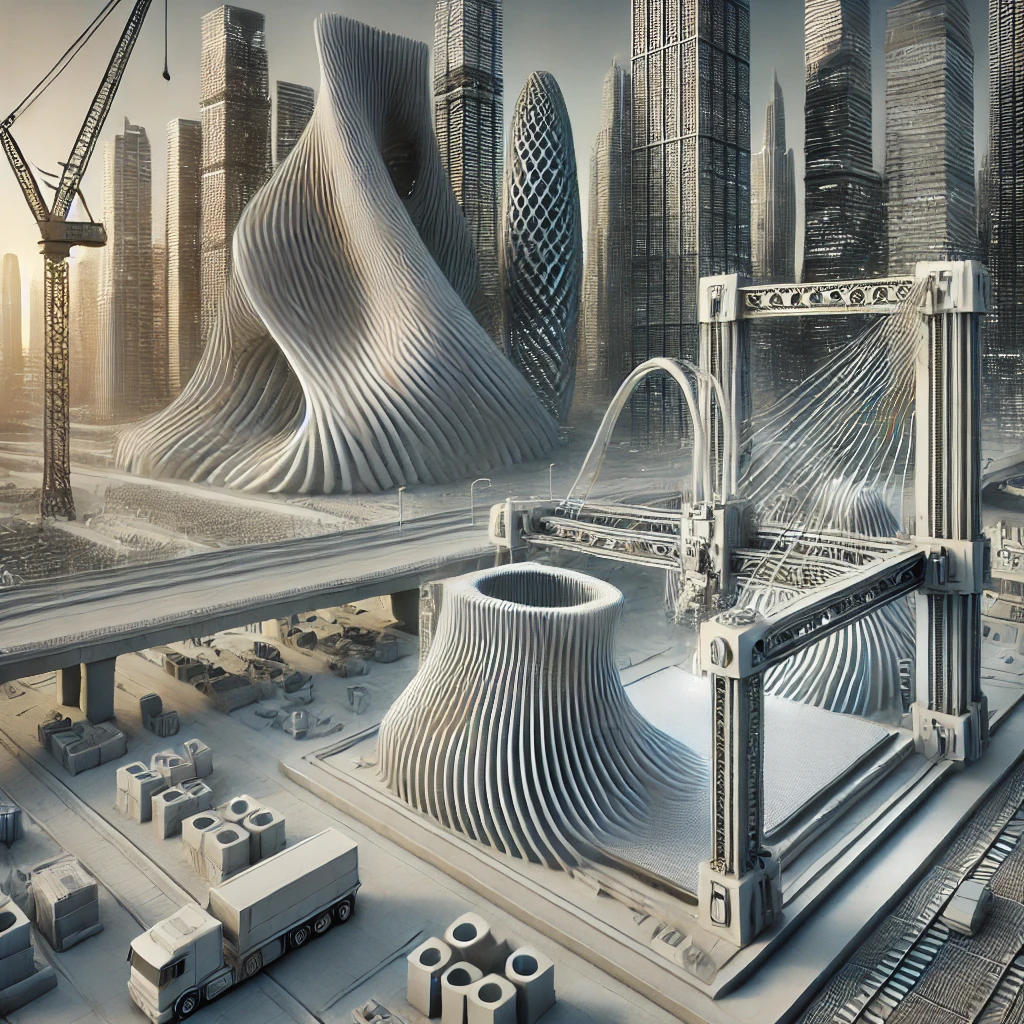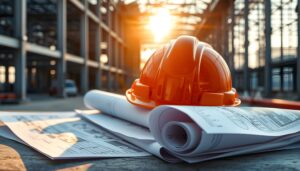3D Printing in Architecture: Building the Future of Construction

Discover how 3D printing is revolutionizing architecture and construction, from creating complex building structures to reducing construction costs and environmental impact.
3D printing is increasingly making its mark on the architecture and construction industries, offering new possibilities for designing and building structures with greater efficiency and creativity. In August 2024, several breakthroughs highlighted how 3D printing is reshaping the future of construction, enabling the creation of complex architectural designs, reducing costs, and promoting sustainability. As the technology evolves, its impact on the built environment is becoming more profound, paving the way for innovative construction methods and more sustainable practices.
Creating Complex Architectural Designs
One of the most exciting applications of 3D printing in architecture is its ability to bring complex and intricate designs to life. Traditional construction methods often face limitations in terms of design complexity due to the constraints of materials and techniques. However, 3D printing allows architects to experiment with and realize intricate designs that would be difficult or impossible to achieve using conventional methods.
In August 2024, several notable projects showcased the potential of 3D printing to create unique and complex architectural elements. From elaborate facades to custom interior features, 3D printing enables the production of geometrically complex forms with high precision. This capability not only allows for more creative freedom but also leads to the development of aesthetically striking and innovative buildings that push the boundaries of traditional architecture.
Reducing Construction Costs and Time
3D printing is also proving to be a game-changer in terms of cost and time efficiency in construction. By automating the production of building components, 3D printing reduces the need for manual labor and traditional construction processes. This can lead to significant cost savings, particularly for large-scale projects or those requiring customized components.
In August 2024, several construction firms demonstrated how 3D printing could reduce construction times. For instance, entire building modules and components can be printed off-site and then assembled on location, streamlining the construction process. This approach not only accelerates project timelines but also minimizes disruptions and reduces the overall construction budget.
Sustainable Building Practices
Sustainability is a growing concern in the construction industry, and 3D printing is contributing to more environmentally friendly building practices. Traditional construction methods often generate significant amounts of waste, whereas 3D printing produces components layer by layer, resulting in minimal material waste. Additionally, 3D printing allows for the use of sustainable and recycled materials, further reducing the environmental impact of construction.
In August 2024, several projects highlighted the use of eco-friendly materials in 3D printing, such as bio-based composites and recycled plastics. These materials not only offer a lower environmental footprint but also provide durability and performance comparable to traditional construction materials. By integrating these sustainable practices, the construction industry can move towards greener and more responsible building practices.
On-Site 3D Printing for Disaster Relief and Affordable Housing
One of the most promising applications of 3D printing is its potential for addressing housing shortages and providing rapid response solutions for disaster relief. On-site 3D printing technology can quickly produce durable and affordable housing solutions in areas affected by natural disasters or in regions with significant housing deficits.
In August 2024, several initiatives demonstrated the effectiveness of 3D printing in constructing emergency shelters and affordable housing. By utilizing local materials and printing structures directly on-site, these projects offer a cost-effective and efficient way to provide immediate housing solutions. This capability is particularly valuable in disaster-stricken areas where traditional construction methods may be impractical or too slow to meet urgent needs.
Innovations in Building Materials
The development of new 3D printing materials is expanding the possibilities for construction. Innovations in concrete, composite materials, and even organic materials are paving the way for more versatile and resilient building components. These materials offer improved performance characteristics, such as enhanced strength, insulation, and resistance to environmental factors.
In August 2024, new breakthroughs in 3D printing materials were showcased, including advanced concrete mixtures with self-healing properties and composite materials with superior thermal insulation. These innovations are improving the functionality and durability of 3D printed structures, making them viable for a wider range of applications.
The Future of 3D Printing in Architecture
As 3D printing technology continues to advance, its role in architecture and construction will likely expand even further. Future developments may include the integration of 3D printing with other emerging technologies, such as robotics and artificial intelligence, to create even more sophisticated and efficient construction methods. Additionally, the exploration of new materials and techniques will drive further innovation and sustainability in the built environment.
3D printing is revolutionizing architecture and construction by enabling complex designs, reducing costs and construction times, and promoting sustainability. The advancements seen in August 2024 underscore the technology’s growing importance in the industry, as it opens up new possibilities for creating innovative and eco-friendly structures. As 3D printing continues to evolve, it will play an increasingly central role in shaping the future of construction and architecture, paving the way for a more efficient, creative, and sustainable built environment.



